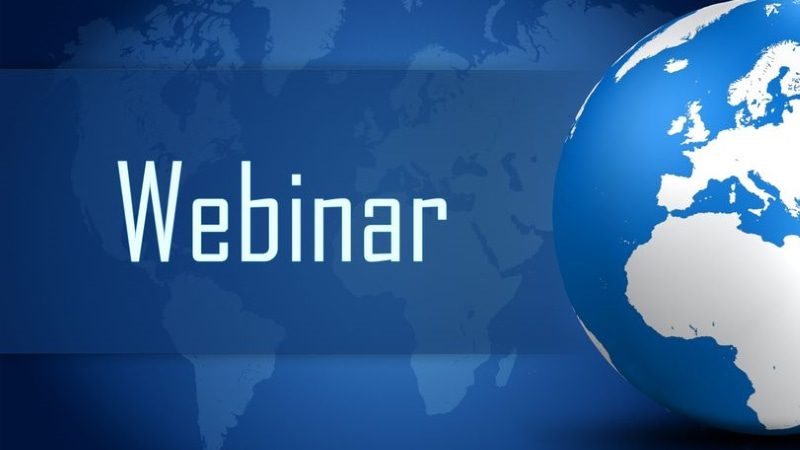In our experience, we have discovered webinars to be an important tool in driving interest in your book or product, boosting sales, and helping others understand WHY they should invest in you. You may decide to partner with a marketing agency to help plan and facilitate your webinar, or you may decide to plan and host it yourself. Whatever route you decide to take, planning is an important part to ensure your webinar runs smoothly and makes your point in an effective manner.
Before You Begin — Brainstorm
Think about the type of message you want to convey. Do you want to conduct a more formal keynote-type presentation with slides and a lot of information? Or do you want to be more interactive with your audience and conduct an interview-style webinar? Are you going to record the event for people to watch later? Will you leave time for Q & A at the end? Will you host the event solo or have co-presenters? These are some of the questions you should be asking yourself.
After you determine the type of webinar you plan to conduct, focus on the action you want people to take as a result of joining your webinar.
Analyze Your Goals
Are you trying to sell a book or a product? Maybe you’re just trying to get an idea or body of work into the world, or maybe you’re just wanting people to get to know you. Whatever your goals are, write them down. Be clear and concise about what you want to accomplish.
Next, think about what you can do to support those goals. If your goal is to get people to buy your book, create a slide that encourages people to buy. If the goal is to convert people to your email list, make sure you direct them to an area where they can sign up. Offering something free (like a one-page sheet supporting your ideas, or a book study guide) in exchange for signing up always helps!
Create a Landing Page
Now that you have a theme and goals, it’s time to put it all together. Use a platform like Zoom or GoToWebinar to create a landing page for your event. The landing page should include details such as the webinar topic, the date and time the event is taking place, and a form for people to register. Add graphics or logos to make the page more interesting and appealing. Don’t forget to include a headshot and bio on the page – people want to know who is presenting!
Market Your Event
This is the most important part! Once the registration link is ready, share that link in emails and on social media. Send personal invites to your contacts asking them to sign-up and share the event with others. You may even want to include a Click to Tweet in your emails so that people can easily share your event with their networks. We recommend sending a series of emails to invite your network. Consider sending an email 3-4 weeks before the event, and another email one week before the event.
Send Follow-Up Materials
After the event, we highly recommend following up with the people who registered. Use an email platform like Mailchimp to send an email to everyone who registered to thank them for their interest. Be sure to include any follow-up materials such as a PDF of your slides and a link to the replay video (if you are offering these). And, don’t forget to include some calls-to-action in the email that support the goals you outlined earlier.
With great planning and practice, you can have a successful webinar event. It is easy to feel overwhelmed and discouraged, but if you take care in preparing for and planning your event, chances are it’ll be better than you expected!
Have you conducted a successful webinar? Comment below, and let us know what you found most valuable in while planning for your webinar!

Aubrey drives successful social media strategies that improve client visibility, position clients as thought leaders, and set them apart in the market. She effectively manages client accounts to ensure a tailored marketing approach that aligns with overarching goals, target audiences, and budgetary parameters.

